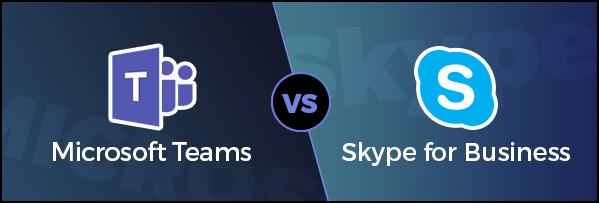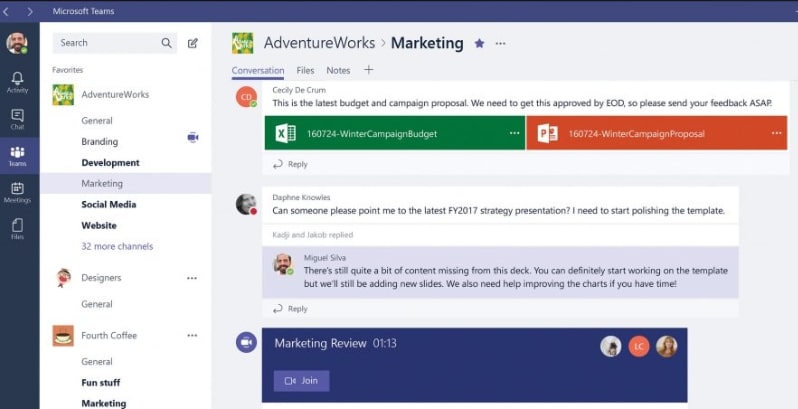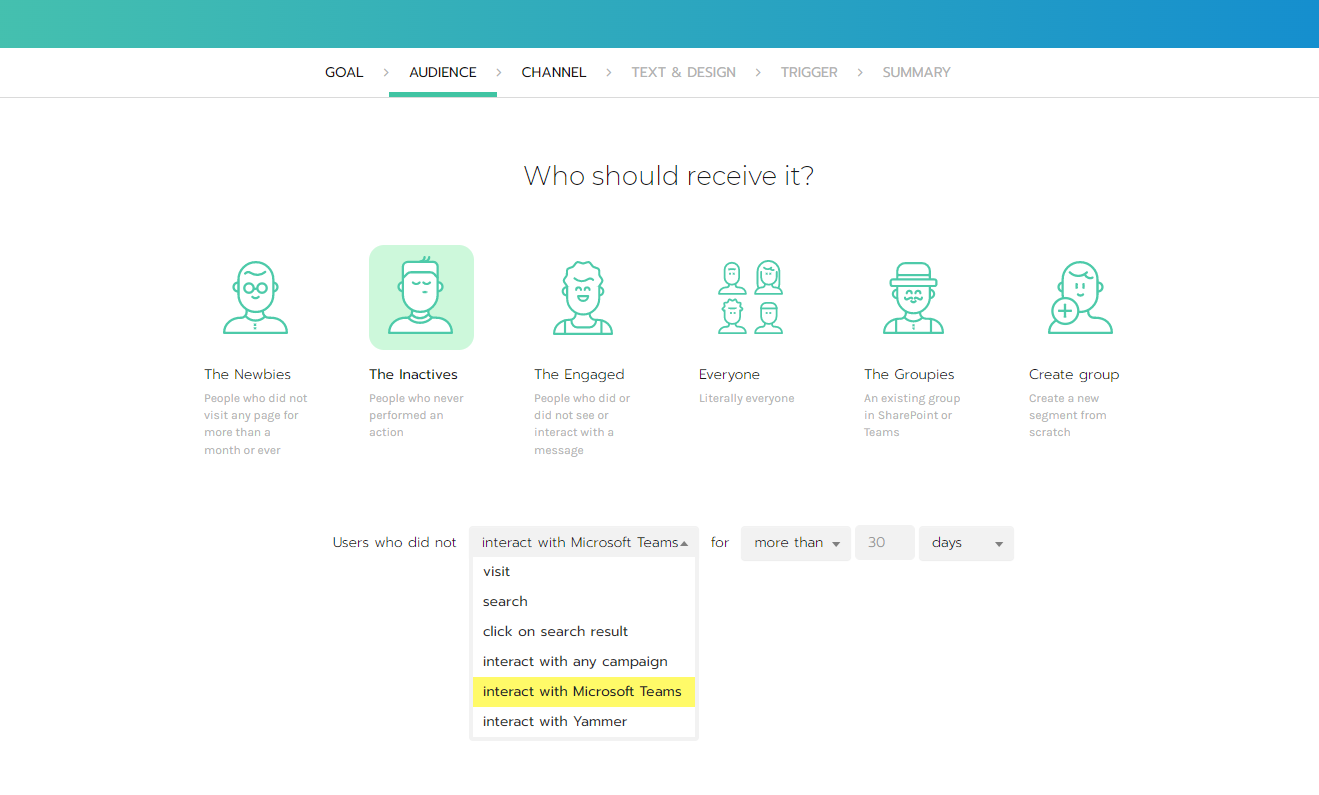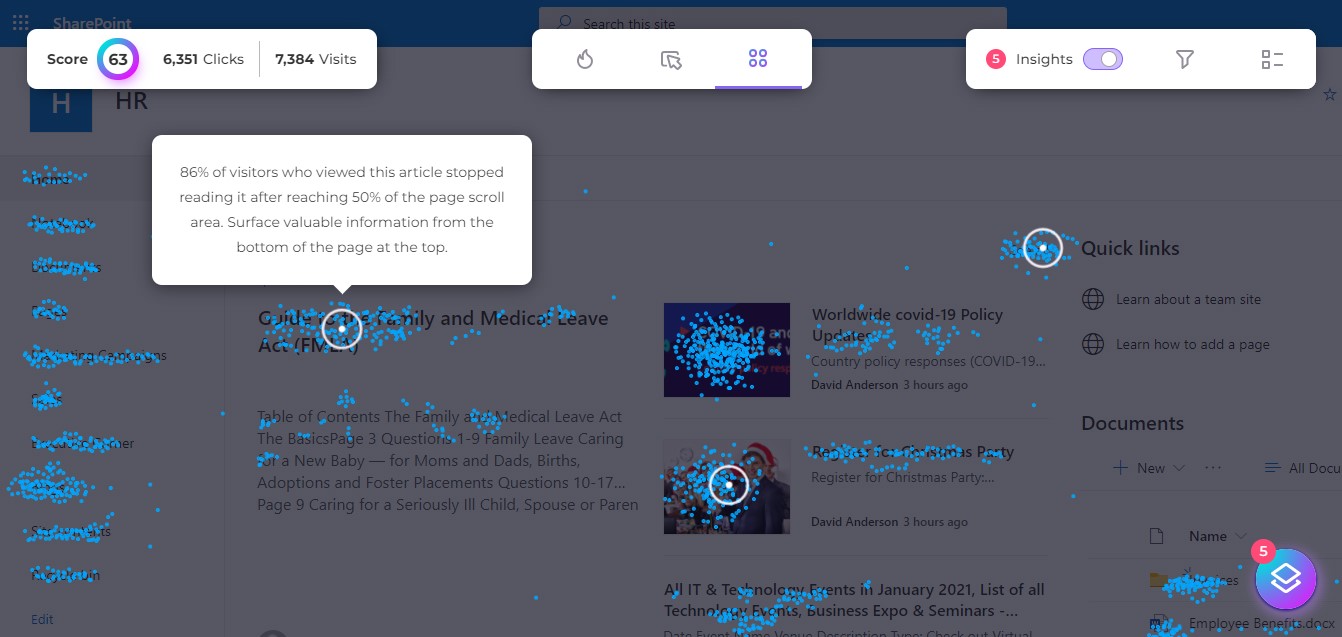
Teams is Microsoft’s newest collaboration tool designed to improve collaboration in a chat-based workspace. Teams is being called the “one app to rule them all” because it provides a platform for people to work together, hold conversations and meetings, share content, and even work on other apps right within the Teams app. Teams can facilitate communication and information sharing within geographically dispersed groups. Microsoft announced that Teams would become the primary client for intelligent communications in Office 365 and Teams has therefore gradually replaced Skype for Business. Companies still using Skype for Business are encouraged to migrate to Microsoft Teams for a more robust platform.
The Benefits of Teams
Organizations can comfortably switch to the newer platform without sacrificing features because it has all the Skype for business features and a whole lot of additional features. The benefits of Teams are great; but, they will only be realized to full potential if users adopt the platform.

Replacing a platform with one that provides similar functionality and a few more features is one thing, but replacing a platform with one that provides a considerably larger number of features is a much bigger deal. Skype for Business is not simple by any means, but it is basically a communication tool whereas Microsoft Teams is so much more than just a communication tool and on top of that, Teams users also gain access to a SharePoint site and all its wonderful, modern features.
In terms of content sharing: There’s no reason for you to be using network file shares if you’re also using Microsoft Teams. With Teams, you can easily share files if these files are from the Office 365 platform.
Another interesting feature of sharing content in Teams is that you can view and collaborate on files within Teams. If someone sends you an Excel spreadsheet, you can edit it in Teams without having to leave the platform.
If you are currently using Skype for Business you should migrate, or in other words, upgrade to Microsoft Teams because you can use the full feature set of Microsoft Teams and change the way you work.
Microsoft Teams’ collaborative features:
- Messaging:
There are two types of Messaging in Teams: Chat and Group Conversations. A Chat is a thread of dialogue between users and Group Conversations occur inside a team or a Channel within a team. You can extend a chat to voice, video or both from inside the chat, begin a screen sharing session from a chat without going to voice or video and if you attach a file it uploads it to the users’ SharePoint and you’ll see the file listed in line with the dialogue. This feature enables the user to open the doc in Teams with the chat dialogue along the side. Microsoft also added in the option to add apps to Teams chats.
Teams Group Chats are threaded conversations between a team of users in the organization. They take place in a team or channel which means the whole team can discuss topics that are relevant to the context of the team or channel. If you get mentioned in a Group Chat you get alerted and a record appears in your activity feed.
You can upload files, chat about them and even co-author them right inside Teams. You can also escalate a Group Chat to a meeting.
- Meetings:
Meetings can be scheduled from within a chat, a Team, the meetings app inside Teams or in Outlook using the Teams add-in. Attending the meeting in Teams is very simple – you can use the join link in the reminder or in the meetings app inside Teams. If you’re at a PC that doesn’t have the Teams app, you can even join from a web browser. You can meet with internal colleagues, external, contacts or anonymous participants.
You can also record meetings or get them transcribed in Stream which gives you the ability to translate the text in real time.
Another great new feature is background blur. This is the ability to mask and blur everything behind you so your colleagues can focus on you instead of what’s behind you.
- Voice:
Internal calling is largely the same, Teams uses the Phone System add-on in Microsoft 365 like Skype for Business Online. PSTN calling is quite different for Skype for Business and Microsoft Teams. Teams has a feature called Direct Routing, this gives you the ability to connect Teams to your existing lines or PBX using only a Session Border Controller (SBC). This is huge because it cuts down on a lot of the cost and complexity of setting up “on-premises call handling”.
The Migration Steps
Many organizations have experienced the hardships of poor implementation and user adoption of collaboration tools in the past. Since Teams is built for larger enterprises, its deployment process requires more effort and time. In deploying Teams, it is more effective to have administrators take control of this process and use tools to simplify the transition.
Adoption is key to business value so it is extremely important to get as many people as possible on board as soon as possible. People resist change so the organization must take the following steps when migrating to Microsoft Teams:
- Planning – Bring the project executive sponsors together and get them to actively communicate the value and benefit of Microsoft Teams.
- Generate excitement so that users will accept it – Tell them the plan, build excitement, tell them they will be trained, and get them excited to work with Microsoft Teams.
- Raising awareness – Inform, involve and inspire your users in order to see the expected behavior change required of a new technology.
- Offer training – Once your employees have heard the buzz about Teams and seen the new tool in action, offer a variety of training options tailored to your employees’ needs, learning styles, and preferred communication channels.
- Feedback – Throughout your migration, it is important to offer employees a way to ask questions or give feedback to the rollout team. This will ensure acceptance.
In each of these steps, internal communication is utterly important and there are many amazing tools to help you manage your migration from Skype to Teams with internal communication.













 Follow @cardiolog
Follow @cardiolog 